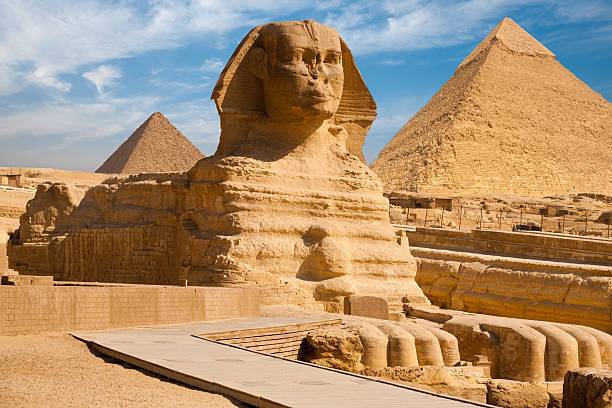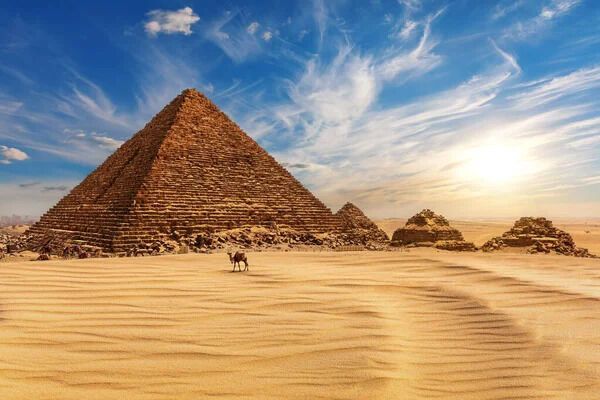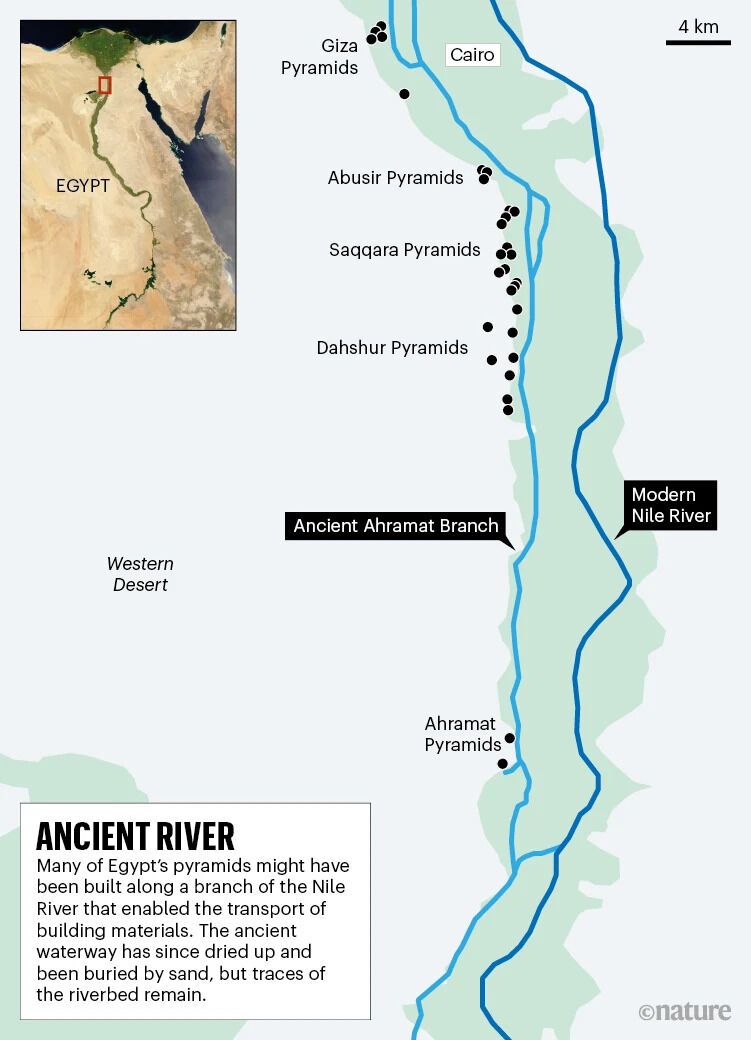News
They were not slaves: who built the oldest wonder of the world on Earth – the pyramids of Giza – and for how long
There are many theories about who built the Egyptian pyramids. Large teams of enslaved Jews and even the inhabitants of the "lost" city of Atlantis or aliens were suspected.
But no archaeological remains have been found in Egypt that could be directly linked to the Jewish people dating back to 4,500 years ago, when the pyramids at Giza were built. No hint of the first Israelites in this country was found in ancient documents, Live Science writes.
A majestic structure
The Great Pyramid of Giza, the oldest of the Seven Wonders of the Ancient World and the only one that has survived to this day, was built as a tomb for the Egyptian pharaoh Khufu. The exact details of the pyramid's construction remain a mystery, as no written documents have been found. But according to some estimates, its completion took place somewhere between 2560 BC and 2540 BC.
Initially, the pyramid rose about 146 meters, making it the tallest structure in the world for thousands of years, until it was surpassed by England's Lincoln Cathedral in the early 1300s.
Due to erosion, the pyramid now stands about 138 meters high.
Covering an area of 13 acres, the massive monument was designed to align the points of the compass and is constructed of approximately 2.3 million stones, each weighing a ton or more.
In addition to the Khufu pyramid, two other large pyramids were built in Giza for the pharaohs: one for his son Khafre (originally 143 meters high) and the other for Khafre's son Menkaur (66 meters high). The complex of Khafre's pyramids is home to the famous statue of the Great Sphinx, which is 73 meters long and about 20 meters high.
Over the centuries, all three pyramids have been targeted by grave robbers, and much of their exterior white limestone has been stolen, possibly for use in other construction projects.
"Gangs" of builders
The labor force is believed to have consisted of thousands of skilled tradesmen and wage laborers-i.e., not slaves. It is estimated that the project took about two decades to complete. There is an assumption that the workers created ramps to move the stone building blocks into place.
The surviving written sources, including papyri found in 2013 in Wadi al-Jarf on the Red Sea coast of Egypt, indicate that large groups of workers-sometimes translated as "gangs"-helped to deliver materials to Giza.
The papyri tell of a group of 200 men led by an inspector named Merer. The group of workers transported limestone by boat on the Nile River for a distance of about 18 kilometers from Thur to the Great Pyramid, where the stone was used to build the outer shell of the monument.
In the past, Egyptologists have assumed that the pyramid builders were mostly seasonal agricultural workers who had reached a point in the year when there was little agricultural work to be done. However, it remains to be seen whether this is actually the case.
According to the papyri, the workers were given a diet that included dates, vegetables, poultry and meat, says Pierre Talle, a professor of Egyptology at the University of Paris-Sorbonne who is deciphering the papyri and co-leading the team that found them. In addition to a healthy diet, the papyri describe that members of the working group regularly received textiles, which "were probably considered a kind of money at the time," Talle told Live Science.
In addition, "officials in high places who were involved in the construction of the pyramids may have received land," said Mark Lehner, director of the Massachusetts-based Ancient Egypt Research Associates (AERA).
Historical records show that in Egyptian history, officials received land grants at certain times. However, it is not known whether land grants were given to officials involved in the construction of the pyramids.
Lehner's team is excavating a city in Giza where some of the workers who built the Menkaura pyramid lived and visited. So far, the archaeologists have found evidence that the ancient inhabitants of this city baked a lot of bread, killed thousands of animals, and brewed large quantities of beer.
Based on the animal bones found at the site and taking into account the nutritional needs of the workers, archaeologists estimate that an average of about 1,800 kilograms of animals - including cattle, sheep, and goats - were killed daily to feed the workers.
The area near the river
A research team from the University of North Carolina at Wilmington has discovered that the pyramids were likely built along a long-lost ancient arm of the Nile River that is now hidden under desert and farmland.
"Identifying the location of the actual river arm and having data showing the existence of a waterway that could have been used to transport heavier blocks, equipment, people, whatever, really helps us explain the construction of the pyramids," says one of the researchers.
Scientists have found that the river arm - Ahramat, which means "pyramids" in Arabic – was approximately 64 km long and 200 to 700 meters wide.
Only verified information is available on the OBOZ.UA Telegram channel and Viber. Do not fall for fakes!
































